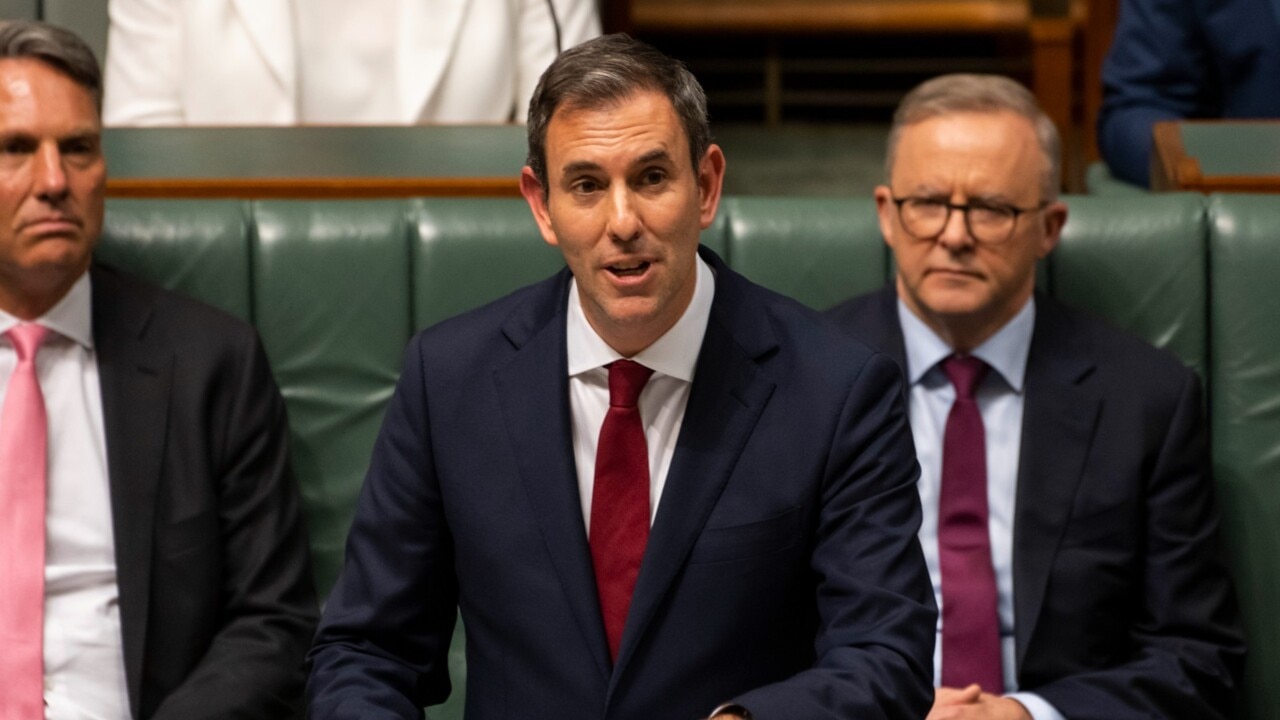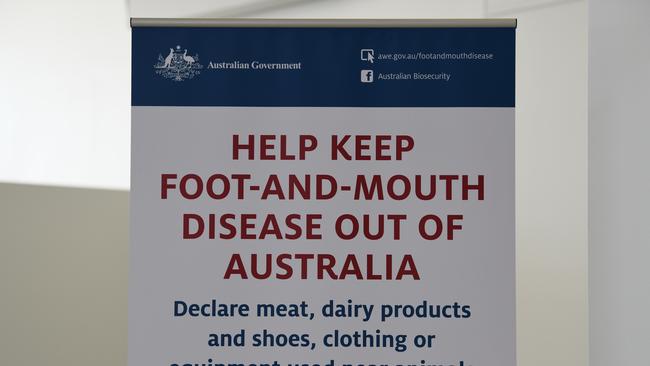Federal Budget 2023: $1 billion, four-year biosecurity boost
The Department of Agriculture was delivered a long-awaited sustainable biosecurity funding model in yesterday’s federal budget, but farmers must help pay for it.

Farmers, importers, taxpayers and international passengers will help pay to protect Australia’s borders, after the department of agriculture was handed $1 billion in tonight’s federal budget to create a long-awaited sustainable biosecurity funding model.
The money will be delivered over four years from 2023-24, with $268.1 million a year to be added to the almost $600 million annual treasury contribution.
Budget papers show taxpayers will take on the majority of the around $845m that will now be spent on biosecurity operations each year.
However, in a statement, Agriculture Minister Murray Watt said agriculture, fisheries and forestry producers will help fund the new model with a “modest” new biosecurity protection levy to create “a new system that will be more predictable, equitable, transparent and accountable.”

The biosecurity protection levy will collect administered and departmental receipts of $73.7 million in 2024-25, $78.6m in 2025-26 and $79.3m in 2026-27.
International passengers will help pay for the extra funding through an increase to the Passenger Movement Charge, currently set at $60.
While cost-recovery efforts will be extended to include parcels and other mail packages.
Importers will also contribute through clearance costs with increased fees and charges expected to take their total contribution to biosecurity to almost $350 million next year.
“We are locking in higher and more certain biosecurity funding, along with a fair system to pay for it that shares the cost equitably between taxpayers, importers, parcel senders, international travellers and producers,” Mr Watt said.
National Farmers’ Federation vice president David Jochinke last week said farmers were not the only beneficiaries of Australia’s biosecurity system and that it was “only fair” those who created the biosecurity risk shared the cost of managing that risk.
“Farmers already contribute heavily by funding traceability systems, biosecurity organisations, and meeting the cost of outbreaks. Farmers shouldn’t have to pay more for something everyone benefits from. It’s time that risk creators did the same,” he said.
The budget papers said the extra money for the biosecurity system would minimise disruption and loss from outbreaks, support better yields through lowered crop damage, maintain access to export markets and simplify clearance of imported goods.
The Albanese Government also announced plans to explore the introduction of a broader biosecurity import levy “that is consistent with international trade law obligations”.

Australia’s biosecurity system is under siege, with a growing demand on services, increased travellers and screenings, a surge in contaminated materials coming into Australia requiring inspection, and an increased frequency and multiplicity of biosecurity threats in the region, including foot and mouth and lumpy skin disease.
Meanwhile, the department of agriculture received a one-off payment of $127 million in the budget to help address underfunding issues that left it $60m in the red this year.
In the 2015–16 financial year the total cost of biosecurity cost recovery was $226 million.
It is forecast to be $348.8 million in 2023-24, or a 53 per cent increase.
The department will also receive a $145.2m “generational investment” to upgrade to department’s digital biosecurity services.
The so-called Simplified Targeting and Enhanced Processing System will replace the inefficient and costly manual processes, including wet seals, physical certificates and fax and paper to create a “digital by default agency”.
“We are transforming into an agency that provides easier, faster, cheaper, and innovative ways for exporters to interact with us, and integrating further into the digital supply chains of export and import industries and trading partners,” a department budget statement said.
“This is a program of work to bring our cargo management systems into the modern digital age, reducing costs and delays for industry and government. This will free up biosecurity workers for other jobs and reduce congestion at the border.”
The Budget delivered a total of $1.5 billion in new spending for the DAFF.




